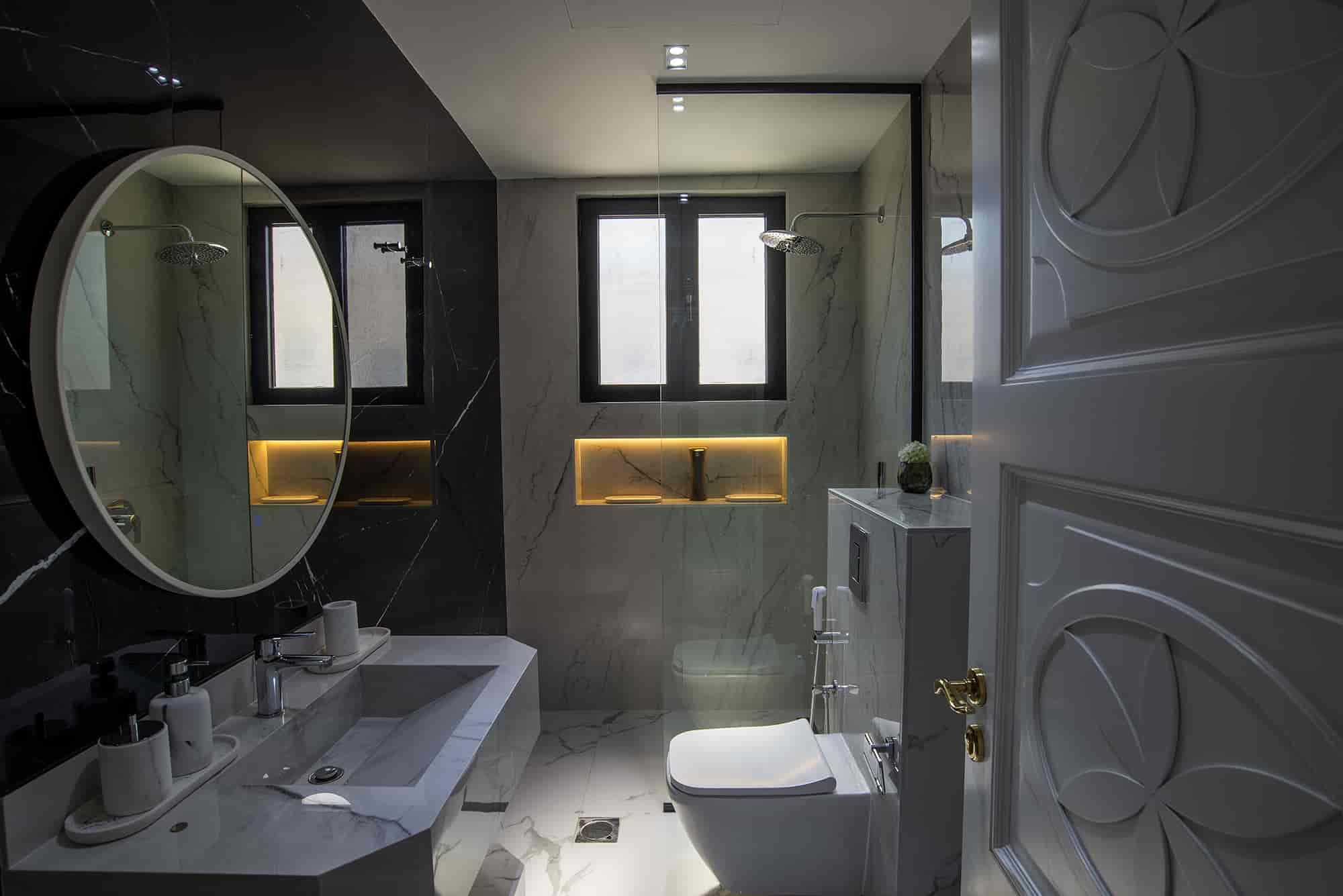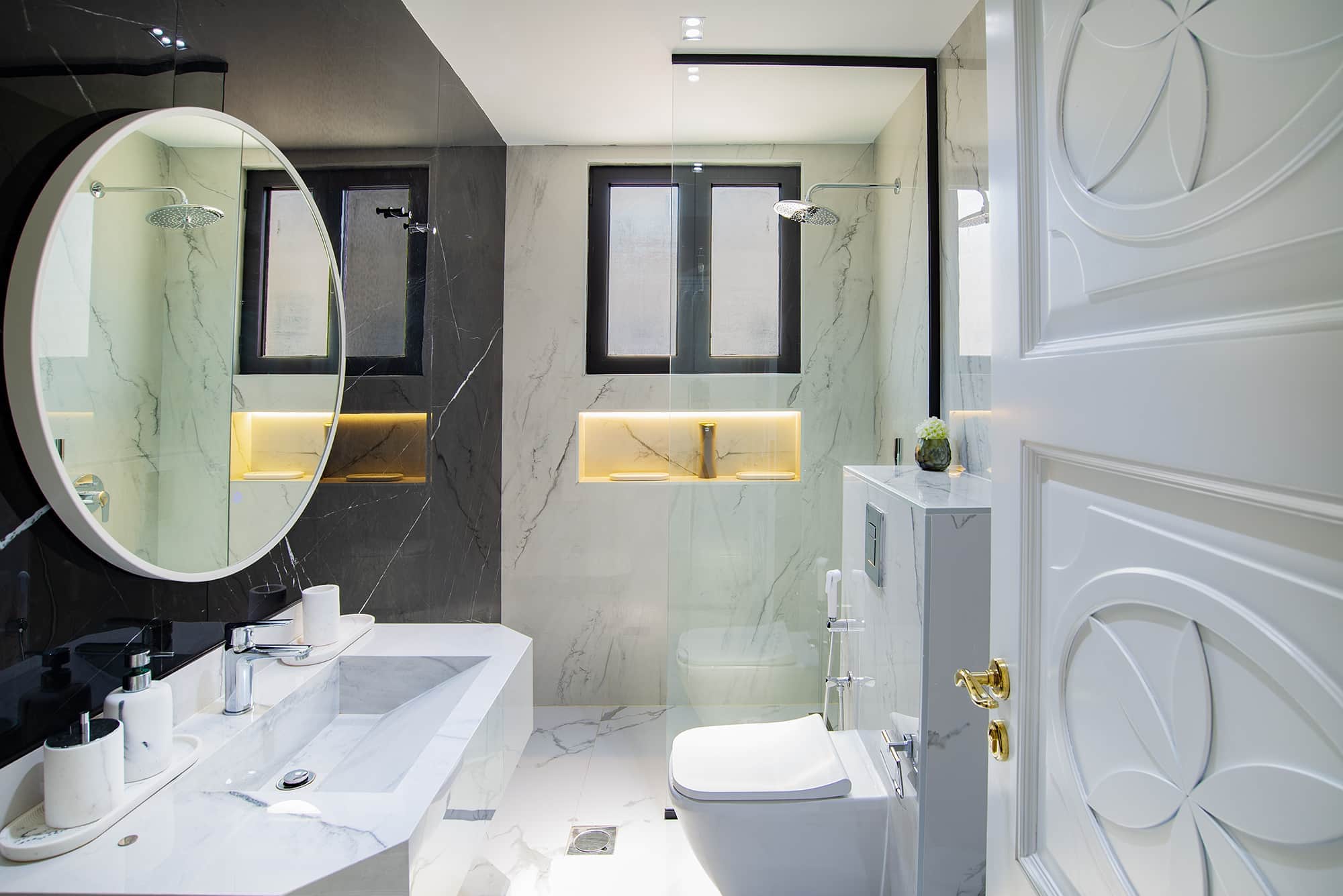The Ultimate Guide to Real Estate Photo Editing
In a highly competitive real estate market, high-quality photos can make or break a property sale. Professional real estate photo editing enhances images, making them more appealing to potential buyers. Whether you’re a real estate agent, photographer, or virtual tour provider, mastering photo editing can help you stand out and close more deals.
Why Real Estate Photo Editing Matters
First impressions count – 90% of buyers start their search online.
Better lighting & colors make spaces look bigger and more inviting.
Removing distractions (wires, clutter, reflections) improves professionalism.
Virtual staging & sky replacement help buyers visualize the potential of a space.


Essential Real Estate Photo Editing Techniques
1. Correcting Exposure & White Balance
Fix underexposed or overexposed images.
Adjust white balance to ensure natural-looking colors.
Tools: Lightroom, Photoshop, Photomatix
2. HDR (High Dynamic Range) Blending
Combines multiple exposures for balanced lighting.
Prevents blown-out windows or dark shadows.
Tools: Aurora HDR, Lightroom, Enfuse
3. Perspective Correction (Warping & Lens Distortion Fix)
Straightens vertical lines (avoiding the “leaning building” effect).
Fixes wide-angle lens distortion.
Tools: Photoshop (Transform > Perspective Warp), Lightroom (Lens Correction)
4. Sky Replacement
Enhances dull skies with realistic blue skies or sunsets.
Tools: Photoshop (Sky Replacement Tool), Luminar NEO
5. Virtual Staging & Furniture Removal
Adds furniture to empty rooms (great for vacant properties).
Removes unwanted objects (clutter, personal items).
Tools: BoxBrownie, Apply Design, Photoshop
6. Color & Contrast Enhancement
Boosts vibrancy for a more appealing look.
Ensures consistency across all photos in a listing.
Tools: Lightroom Presets, Capture One
7. Twilight Effect (Day-to-Dusk Conversion)
Makes daytime photos look like dusk for a warm, inviting glow.
Tools: Photoshop, Photomatix
Best Software for Real Estate Photo Editing
| Soaftwre | Best For | Price |
|---|---|---|
| Adobe Lightroom | Batch Editing, Color Correction | $US12.50/Month |
| Adobe Photoshop | Advanced Edits, Sky Replacement | $US24/Month |
| Luminar NEO | AI-powered Edits & Effects | $US69/Year |
| PhotoUp | Very User-Friendly, Virtual Staging | $US39/Month |
| Photomatix Pro | HDR & Twilight Effects | $US99/Year |
Outsourcing vs. DIY Editing
DIY Editing → Best for photographers who want full control.
Outsourcing → Saves time; companies like BoxBrownie, Fiverr, or PixelPhant offer affordable editing services.
Pro Tips for Real Estate Photo Editing
✔ Shoot in RAW for better editing flexibility.
✔ Use a sturdy tripod for consistent HDR blending.
✔ Avoid over-editing – keep images realistic.
✔ Batch edit to save time on similar photos.
Final Thoughts
Professional real estate photo editing enhances engagement, attracts more buyers, and facilitates faster property sales. Whether you edit yourself or outsource, polished photos are a must in today’s Dubai real estate market.
Keep in touch with the best real estate photo editor in Dubai: +971 56 287 4972 | info@gvgdesign.com
Frequently Asked Questions (FAQ) on Real Estate Photo Editing
1. What is real estate photo editing?
Real estate photo editing involves enhancing property images to make them more visually appealing. This includes correcting lighting, removing imperfections, adding virtual staging, and ensuring the photos accurately represent the property in the best possible way.
2. Why is professional photo editing important for real estate?
High-quality images attract more buyers, increase engagement, and help listings sell faster. Poorly edited or unedited photos can make a property look unappealing, reducing interest and potential offers.
3. What are the common real estate photo editing services?
Color & Exposure Correction – Balancing brightness, contrast, and white balance.
Sky Replacement – Enhancing dull skies for a more vibrant look.
Virtual Staging – Adding furniture to empty rooms to help buyers visualize the space.
HDR Merge – Blending multiple exposures for optimal lighting.
Object Removal – Removing trash, wires, or unwanted items.
Perspective Correction – Fixing distorted angles (e.g., wide-angle lens issues).
4. How long does real estate photo editing take?
Turnaround time depends on complexity:
Basic edits (color correction, lens correction): 5–10 minutes per image.
Advanced edits (sky replacement, virtual staging): 15–20 minutes per image.
Bulk orders (50+ images): 24–48 hours (varies by provider).
5. What file formats do you accept for editing?
For best results, provide RAW files (if available) as they retain more detail for adjustments.
6. Can you edit smartphone photos for real estate?
Yes, but results depend on the original quality. DSLR photos are ideal, but skilled editors can enhance smartphone images with proper lighting and resolution.
7. How much does real estate photo editing cost?
Pricing varies based on complexity:
Basic edits: $0.50 – $2 per image.
Advanced edits (sky replacement, virtual staging): $3 – $10 per image.
Virtual tours & 360° edits: $50 – $100 per project.
8. Do you offer virtual staging?
Yes, virtual staging digitally furnishes empty rooms using realistic 3D models, helping buyers envision the space. It’s cheaper than physical staging and highly effective.
9. Can you remove people or pets from photos?
Yes, professional editors can remove people, pets, or unwanted objects seamlessly while keeping the image natural.
10. How do I submit photos for editing?
Most services accept:
Email (for small batches).
Cloud storage (Google Drive, Dropbox, WeTransfer).
FTP upload (for large volumes).
11. Will the edited photos look natural?
A professional editor ensures enhancements look realistic—no over-editing (e.g., unnaturally bright colors or fake-looking skies).
12. Do you provide rush editing services?
Many companies offer 24-hour express editing for urgent listings (may include a rush fee).
13. Can you edit the twilight or dusk shots?
Yes, twilight photo editing enhances evening shots by balancing interior/exterior lighting for a dramatic yet natural effect.
14. What’s the difference between HDR and flambient editing?
HDR (High Dynamic Range) merges multiple exposures for balanced lighting.
Flambient (Flash + Ambient) blends flash-lit and natural-light shots for a more polished look.
15. Do you offer a free trial or sample edit?
Some companies provide 1–2 free sample edits to showcase their quality before committing.
Final Tips for Clients:
✔ Always provide high-resolution images for the best results.
✔ Specify editing preferences (e.g., “keep colors natural” or “enhance skies”).
✔ Check the editor’s portfolio for consistency and style.
Leave A Comment